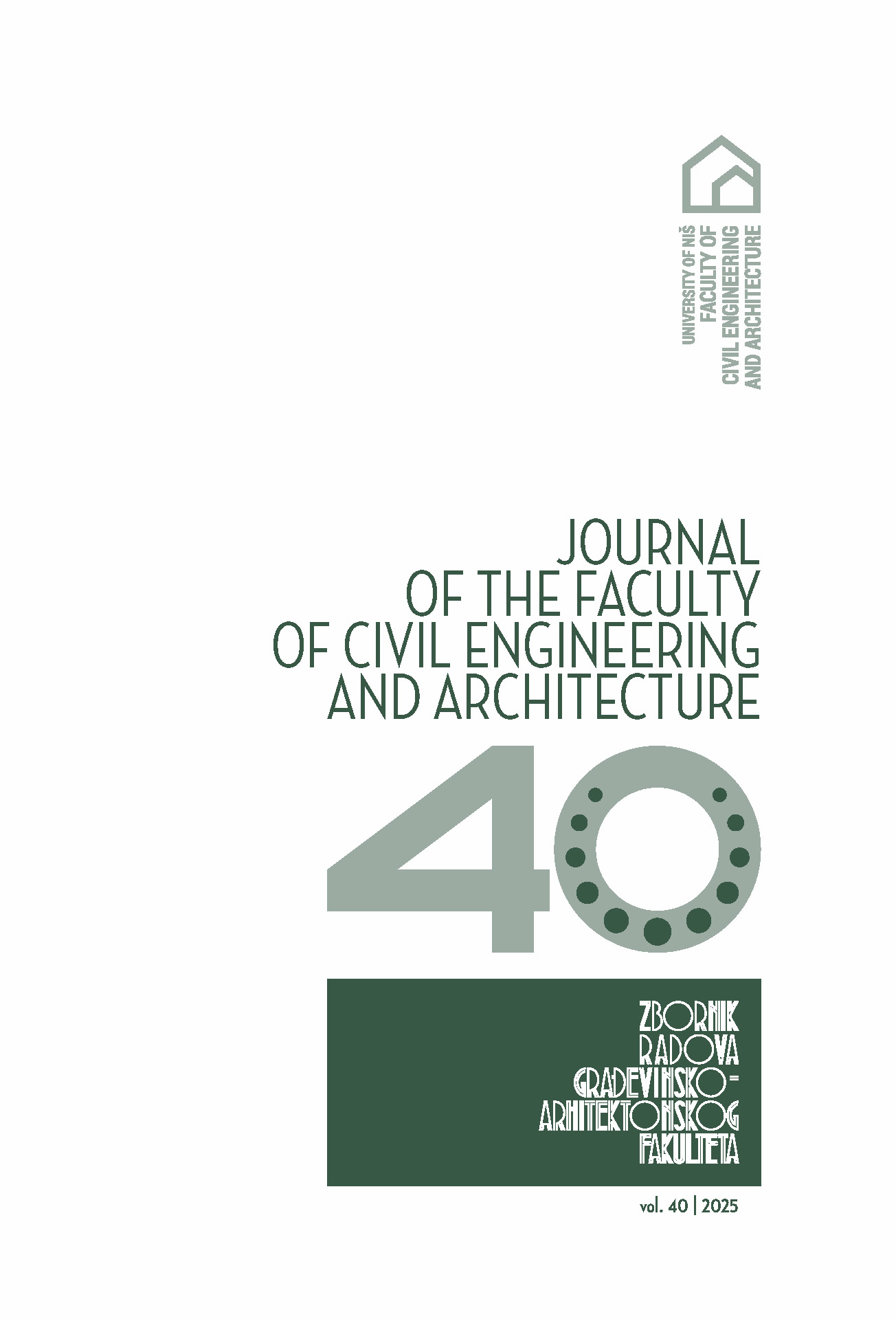University of Nis , Niš , Serbia
Because of the significance of the river Nišava for the city, the Municipality of Pirot has adopted a water protection concept for the city of Pirot and several smaller settlements located upstream along the Nišava River (Krupac, Veliko Selo, Veliki Jovanovac, Mali Jovanovac, Trnjana, Izvor). The wastewater treatment would be done either at the central wastewater treatment plant (WWTP) Pirot or at several decentralized treatment facilities, despite the settlements being smaller than 2000 population equivalent (PE). Three variants were considered for the analysis of water protection in the Municipality of Pirot: the first variant involves the treatment of wastewater from the city of Pirot and all the considered settlements at the central WWTP Pirot; the second variant involves the treatment of wastewater from the city of Pirot and suburban settlements at the central WWTP Pirot, and upstream settlements at the WWTP Krupac; the third variant involves the treatment of wastewater from the city of Pirot and suburban settlements at the central WWTP of Pirot, and the other settlements at their respective decentralized WWTPs. The aim of this paper is to determine the most economically viable solution by applying a costbenefit analysis, using criteria related to wastewater treatment and water pollution prevention. The paper applied the basic steps of economic cost-benefit analysis, concluding that the third alternative solution with a centralized WWTP Pirot and three decentralized WWTPs is the most cost-effective and ensures the project sustainability, which is crucial for achieving long-term development goals.

The statements, opinions and data contained in the journal are solely those of the individual authors and contributors and not of the publisher and the editor(s). We stay neutral with regard to jurisdictional claims in published maps and institutional affiliations.